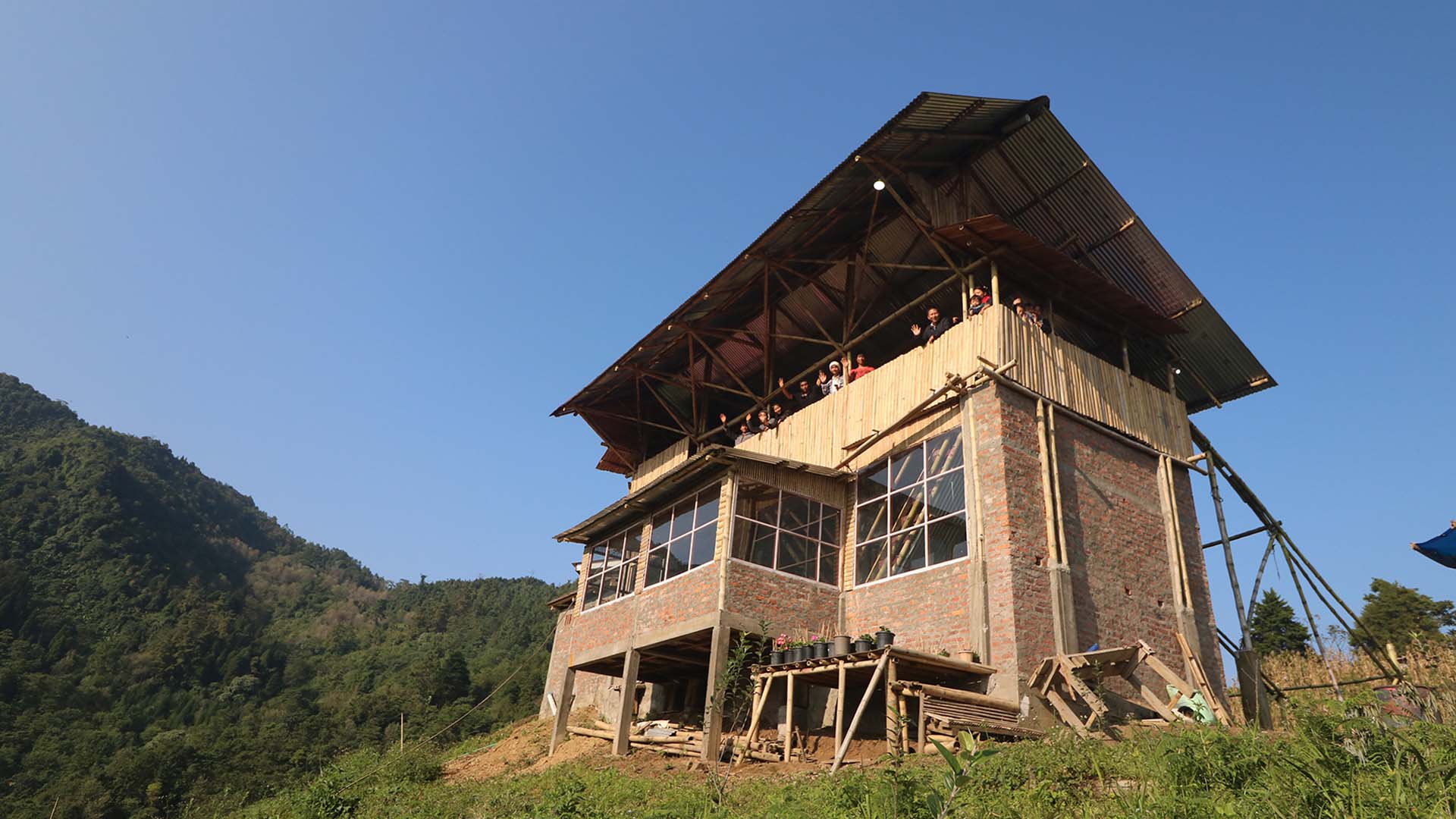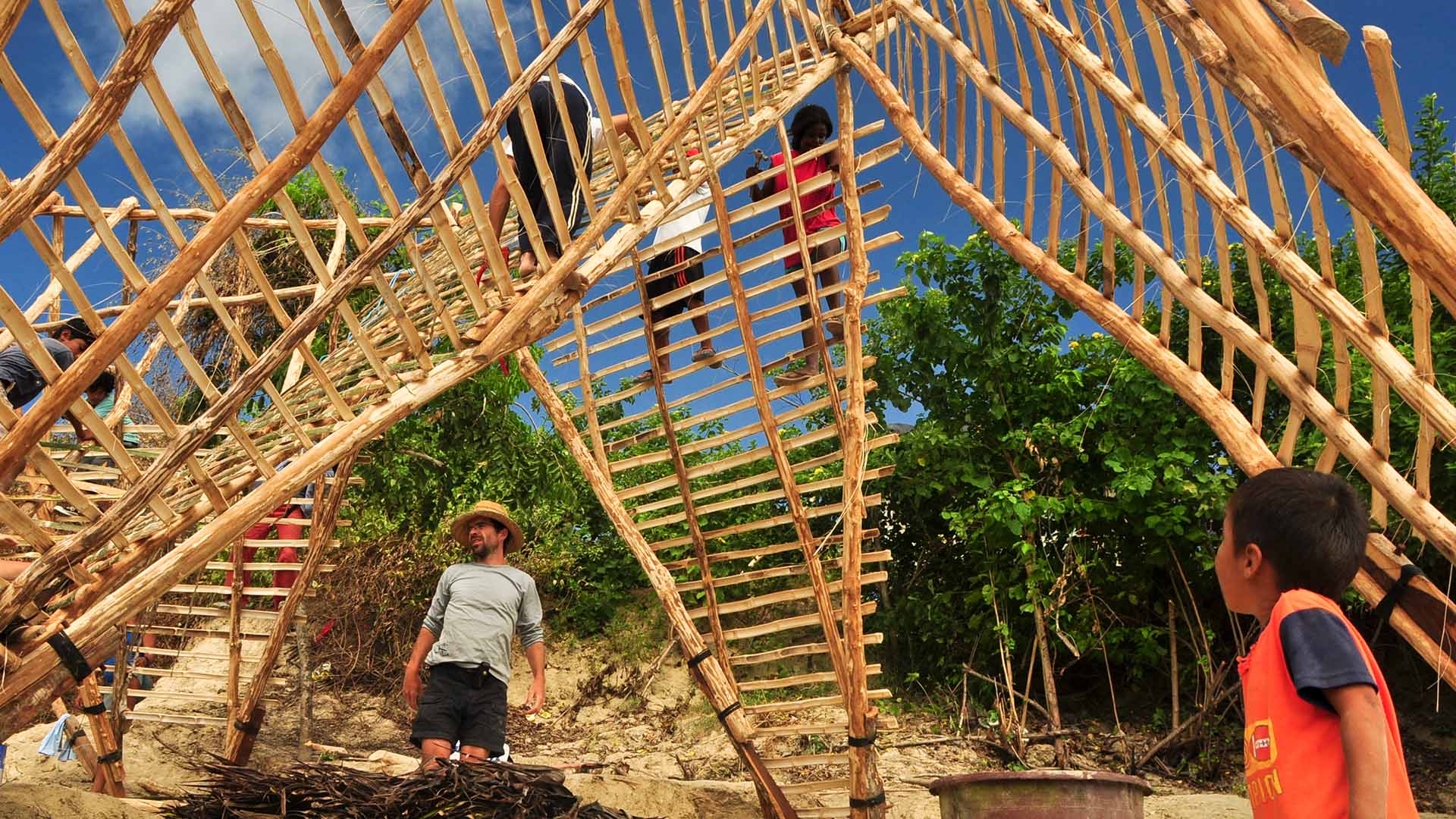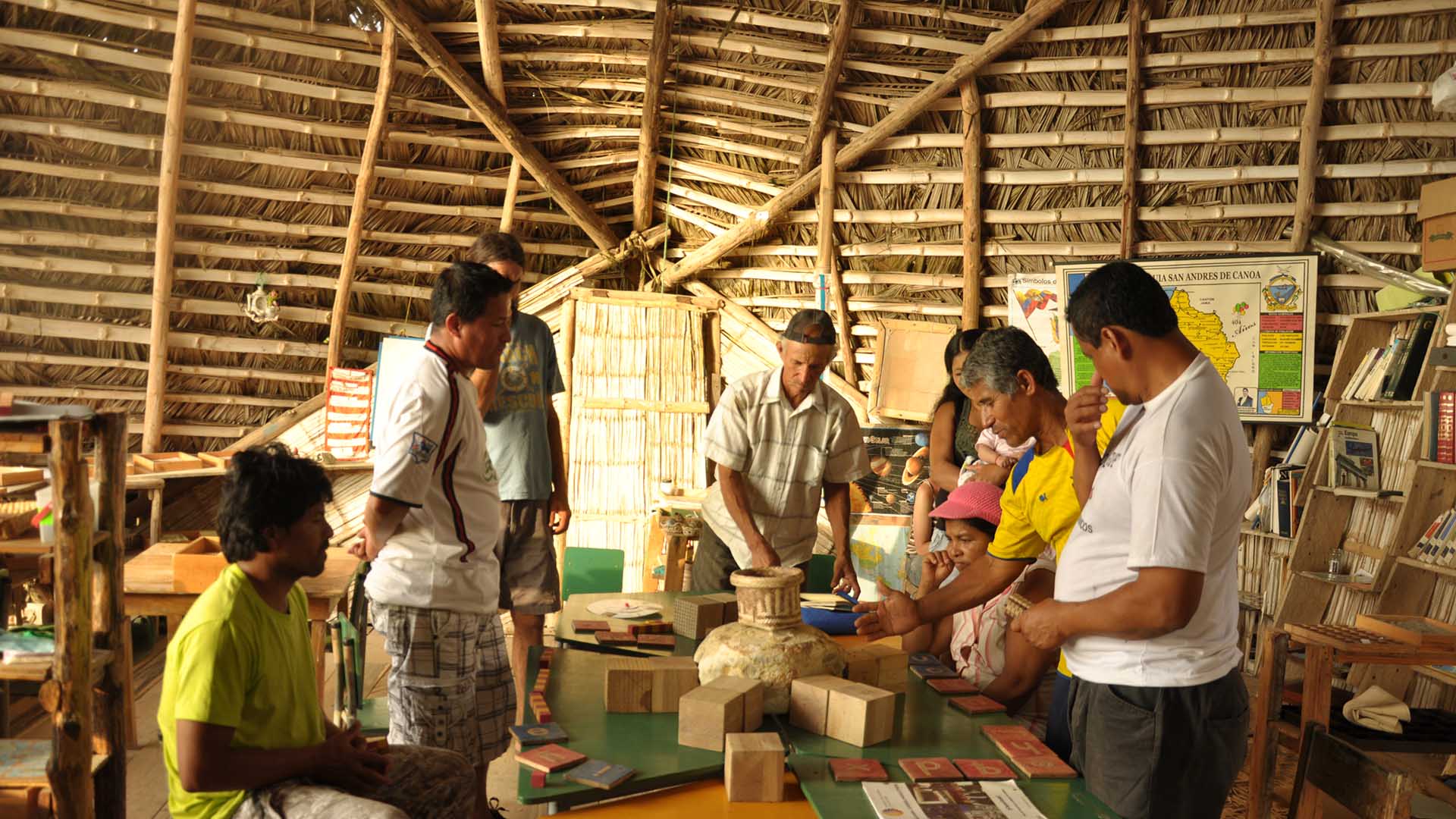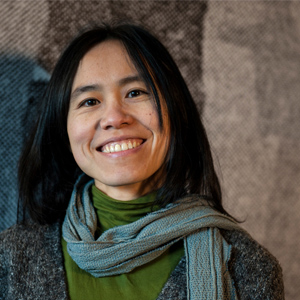When Architects Do the Participating
How to achieve a broader impact through user-led architecture
“There’s a built environment which has its own laws, a very complex entity that has been around for thousands of years. […] So we are talking about the intervention and participation of the architect in the built environment, not the participation of people in the work of the architect.” – John Habrakan
In 2007, the Smithsonian Cooper-Hewitt Design Museum launched the travelling exhibition Design for the other 90%. Around the same time at the Aspen design summit, Paul Polak stated that “90% of the world’s designers spent all of their time addressing the needs of the richest 10% of the world’s customers.” Now more than 10 years on, what have we learned and changed?
Large leaps in technology have entirely changed the way we design and build. Since the industrial revolution, humankind has had an ever-growing focus on machine and established a supply-demand chain with a growing emphasis on efficiency and profit through the creation of new products and services. In our relentless pursuit of growth, the human factor has lost its relevance.
Over the past ten years, however, an exciting paradigm change has taken place in the field of architecture and development. We are in a new era of architecture and development where architects participate in the work of people instead of asking users to participate in the work of architects. There is a shift of focus from technology towards human relationships; from personal financial growth to collective well-being. An increasing number of architects and designers have a desire to improve the living conditions of those less privileged.
“We are in a new era of architecture and development where architects participate in the work of people instead of asking users to participate in the work of architects.”
There are, obviously, fewer financial resources available for the other 90%. Yet a new generation of architects are up to the task and offering radically affordable solutions. Their approach empowers underserved communities to address their needs on their own terms, generating maximum social impact with a minimum amount of resources.
Limited Budget, Unlimited Potential
One example of this is the Farmers’ Innovation Center at Angangba, a remote village in the heart of India’s northeast state of Nagaland. Envisioned by a team of architects and a social entrepreneur of the Better Life Foundation (BLF), this building functions as a museum for local grassroots innovations and as a centre for regional and global knowledge transfer. As a grassroots initiative jointly developed by the architects and entrepreneur without monetary obligations, the client-designer model in this case is non-existent.

The project development was a co-creation with local masons, bamboo artisans, and community members that collaborated by gathering materials and funding resources. The building process established trust and ownership between experts and non-experts, and was finalized thanks to a crowdfunding campaign that raised USD 3,000 out of the total construction cost of USD 9,000.
Upon completion, online platforms such as NotOnMap helped to generate awareness of the centre by designating it as a destination for sustainable eco & agro-tourism, not only generating pride across the local community, but also attracting activists and volunteers to participate in the development of this remote region through activities at BLF and Farmers’ Innovation Centre.

VILLAGERS AND ARCHITECTS WORK TOGETHER ON THE DESIGN OF AL BORDE’S ESCUELA NUEVA ESPERANZA (NEW HOPE SCHOOL). PHOTO BY ESTEBAN CADENA
Another pioneer of this participatory model is Al Borde, a collective of four architects based in Ecuador that provides affordable solutions for both paying clients and underprivileged communities. Motivated to nurture and establish human relationships, Al Borde’s projects often become a living laboratory where all participants –from local craftsmen to family members– exchange knowledge. In a recent Domus article, Al Borde explained that ‘when people have the possibility to participate in decision-making processes connected to their living environment, they become a very committed and engaged community’.
One of their earliest projects, the Escuela Nueva Esperanza, is still a living example. Situated in a fishing village, the project began after a long conversation during which the architects gained trust and consensus. The lack of financial resources meant that architects had to rely on very low-tech, yet highly innovative construction methods. Through this process, the villagers not only learned about building materials and techniques which they can now manage on their own, but also acquired the agency needed to develop their visions about how to grow as a community.

THE VARIOUS DESIGN STAGES OF THE ESCUELA NUEVA ESPERANZA INVOLVED AN EQUAL PARTICIPATION OF ARCHITECTS AND COMMUNITY MEMBERS. PHOTO COURTESY AL BORDE
Projects like these demonstrate that the commitment of both architects and communities to a shared vision is key to overcoming the shortage of financial resources. This bottom-up approach challenges the notion of the expert architect versus the passive beneficiary through a participatory planning and building process in which all participants learn from each other. When successful, small-scale projects not only improve lives in one place, but also have the potential to create a ripple-effect, spurring development on a broader scale.
The more architects, designers, organizations and businesses participate in realising the dreams of the other 90%, the greater the opportunity to unlock the incredible potential of bottom-up development, not just for communities in developing countries, but for any community wanting to take the initiative to improve its built environment.
MAIN IMAGE: The Escuela Nueva Esperanza designed by Al Borde involving the community is an ongoing project that began in 2009. Photo by Esteban Cadena.
